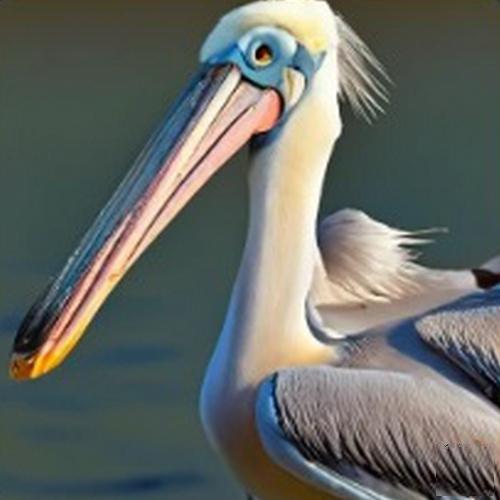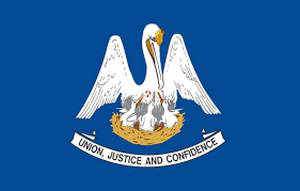The Brown Pelican's Appearance
The Brown Pelican, Louisiana's official state bird officially adopted as the state bird of Louisiana on May 14, 1966, is a magnificent coastal dweller known for its striking appearance. This iconic bird boasts an impressive wingspan, ranging from 6 to 8 feet, making it one of the largest of its kind. Their distinctive brown feathers, combined with contrasting white necks and heads, create an eye-catching coloration that is truly emblematic of Louisiana's unique natural beauty.
One of the most remarkable features of the Brown Pelican is its elongated, pouched bill, which can hold up to 3 gallons of water when the bird dives headfirst into the ocean to catch fish. In flight, their large, broad wings and sturdy bodies allow them to glide gracefully over the water, providing a captivating sight along the Louisiana coast.
These birds also exhibit sexual dimorphism, with males being slightly larger than females. Their size, unique coloration, and graceful flight make the Brown Pelican a symbol of Louisiana's rich natural heritage and a fascinating subject of study for bird enthusiasts and conservationists alike.
One of the most remarkable features of the Brown Pelican is its elongated, pouched bill, which can hold up to 3 gallons of water when the bird dives headfirst into the ocean to catch fish. In flight, their large, broad wings and sturdy bodies allow them to glide gracefully over the water, providing a captivating sight along the Louisiana coast.
These birds also exhibit sexual dimorphism, with males being slightly larger than females. Their size, unique coloration, and graceful flight make the Brown Pelican a symbol of Louisiana's rich natural heritage and a fascinating subject of study for bird enthusiasts and conservationists alike.



